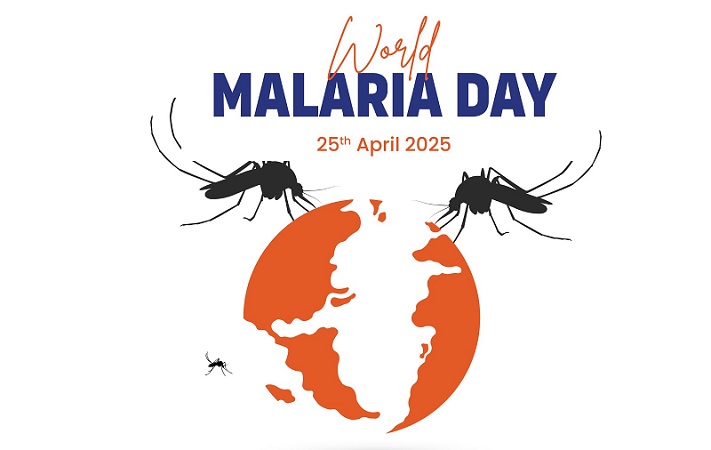
Every year World Malaria Day takes place on April 25 as a global recognition of malaria control initiatives across the world. Since 2025 the global community has adopted "Malaria Ends With Us: Reinvest, Reimagine, Reignite" as the central theme which demands intensified disease elimination strategies. The nation which was previously one of the leading malaria sufferers globally, now boasts substantial progress in its reduction of cases while accelerating the path toward achieving its national malaria elimination aim.
Context:
-
India interprets World Malaria Day in 2025 as a success milestone because malaria incidence decreased by 80.5% from 2015 to 2023.
-
The country now leaves the WHO’s High Burden to High Impact (HBHI) group while setting targets to end all domestic malaria cases by 2027, until complete elimination in 2030.
Key Points:
Progress in Malaria Control:
-
Malaria case numbers decreased by 80.5% and mortality rates dropped by 78.3% during the period from 2015 to 2023.
-
Process control measures succeeded in eliminating malaria completely from 122 districts which displayed robust localized disease control.
National Malaria Elimination Strategy:
-
Through the Intensified Malaria Elimination Project's third stage (IMEP-3) India focuses on 159 districts with highest malaria burden to quicken the malaria elimination process.
-
India seeks to eliminate all indigenous malaria cases by 2027 before Liquidating malaria completely by 2030
-
The "Test Treat Track" program represents the key approach in detecting malaria early and providing timely treatment while maintaining constant monitoring.
Global Commitment:
-
World Malaria Day concentrates its messaging on how worldwide teamwork and inventive methods and continuing initiatives will help end malaria once and for all.
-
The main message behind 2025's theme “Malaria Ends With Us” demonstrates the essential requirement for human unity to stop malaria from persisting.
Malaria Prevention and Treatment:
-
Plasmodium parasites cause this illness which spreads through female Anopheles mosquitoes.
-
The parasite species that infect people include five Plasmodium species, yet the dangerous infections come from P. falciparum and P. vivax.
-
Plasmodium parasites inhabit the tropical/subtropical African, Asian and South American regions.
-
The life cycle of malaria begins when an infected mosquito feeds on a person and acquires parasites through this process, which then spreads parasites during the next bite to new hosts who develop liver infection, followed by blood cell infection.
-
Special signs and symptoms of malaria infection include fever, chills, muscle aches and extreme weariness.
-
Malaria is preventable and curable.
Conclusion:
Through science-directed strategies and health system resilience together with community involvement India has successfully advanced malaria elimination efforts. Through dedicated implementation and resource allocation India has the potential to eliminate malaria in its entirety by 2030 although zero native malaria cases are expected by 2027. The strategies India uses to combat malaria serve as a strong model for global disease management on World Malaria Day 2025. Each contribution toward establishing a malaria-free India is vital because this mission requires collective involvement from society.



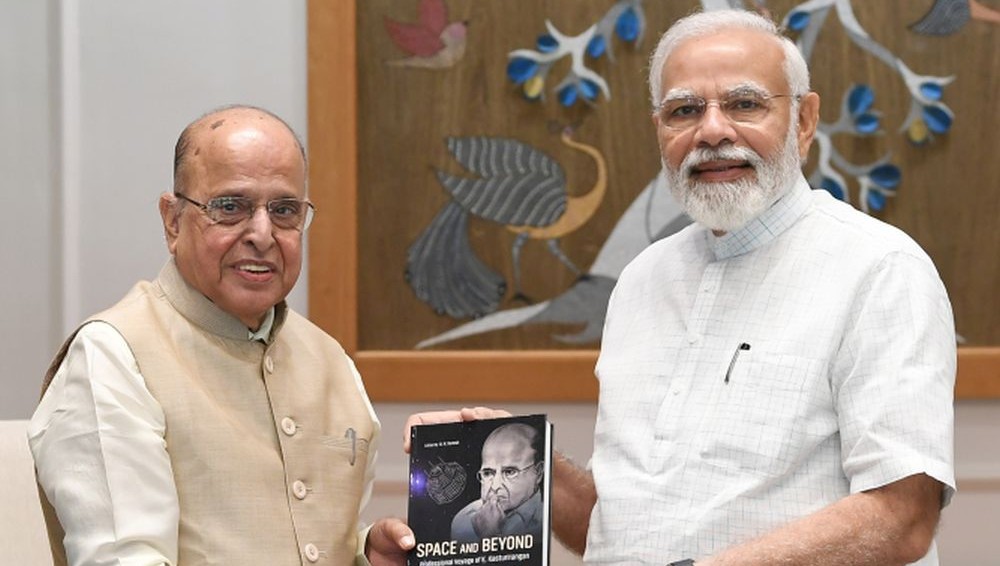 Former ISRO Chairman Dr. K. Kasturirangan Passes Away at 84
Former ISRO Chairman Dr. K. Kasturirangan Passes Away at 84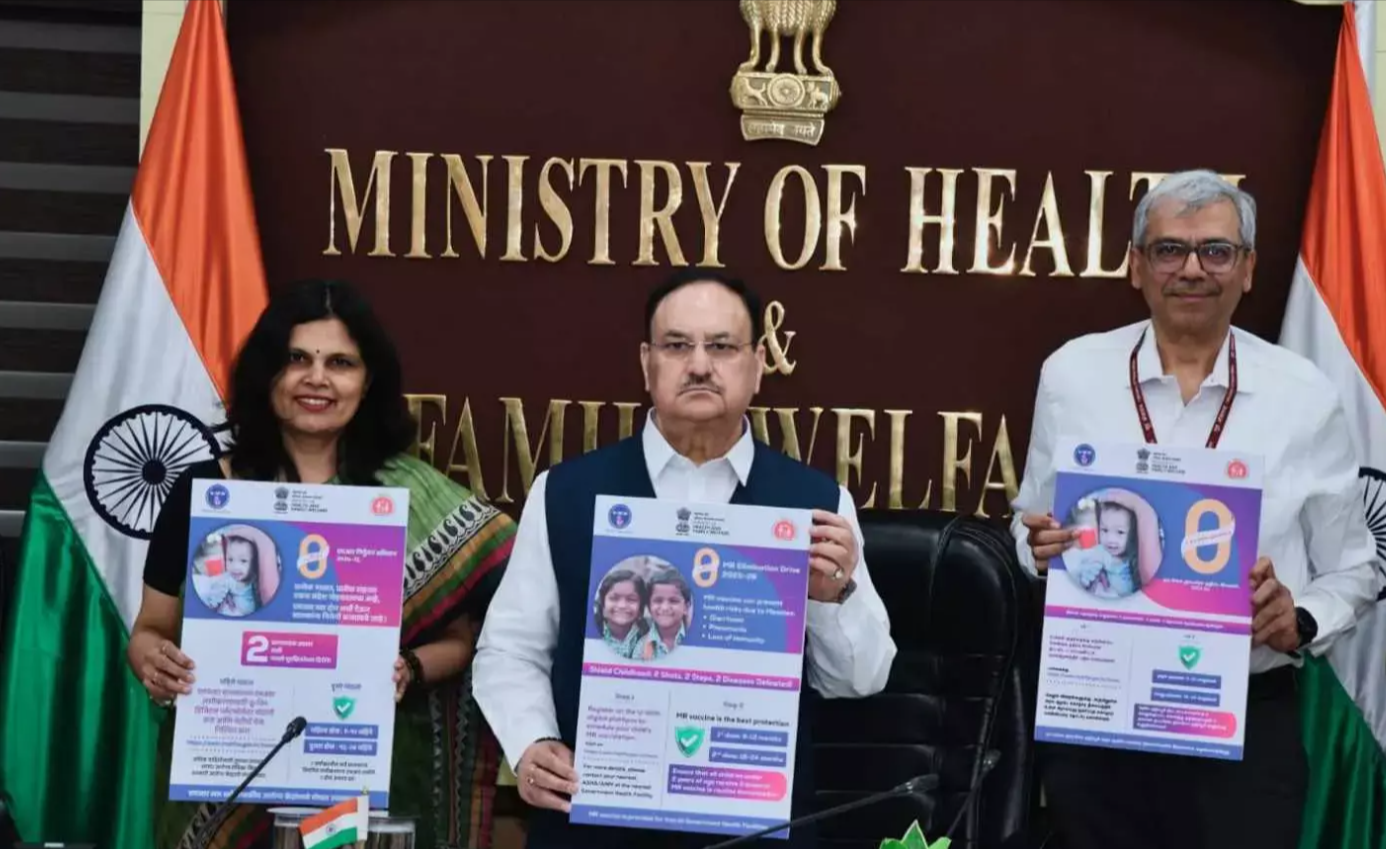 India Launches National ‘Zero Measles-Rubella Elimination Campaign 2025–26 with a Target to Eliminat
India Launches National ‘Zero Measles-Rubella Elimination Campaign 2025–26 with a Target to Eliminat Union Minister Dr. Mansukh Mandaviya Launches Issuance of Sports Certificates via DigiLocker and Ina
Union Minister Dr. Mansukh Mandaviya Launches Issuance of Sports Certificates via DigiLocker and Ina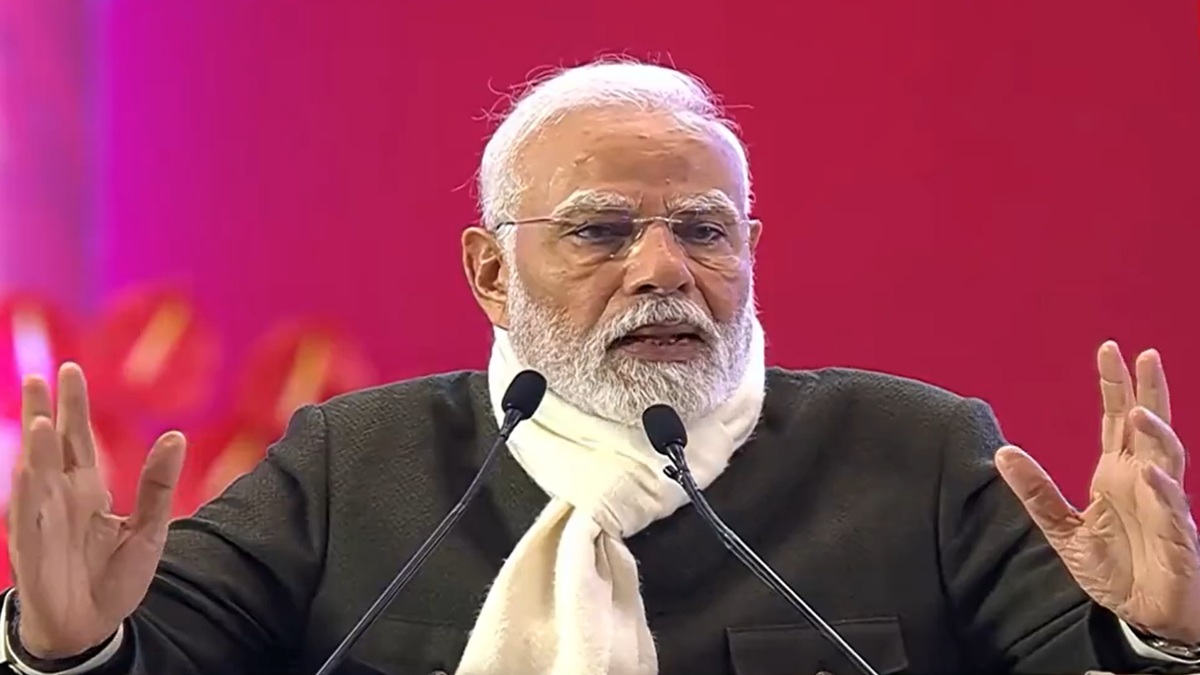 PM Modi Addresses India Steel 2025: Paving the Way for a Steel-Strong India
PM Modi Addresses India Steel 2025: Paving the Way for a Steel-Strong India Pahalgam Terror Attack 2025: About Pahalgam and India’s 5-Point Action Plan Against Pakistan
Pahalgam Terror Attack 2025: About Pahalgam and India’s 5-Point Action Plan Against Pakistan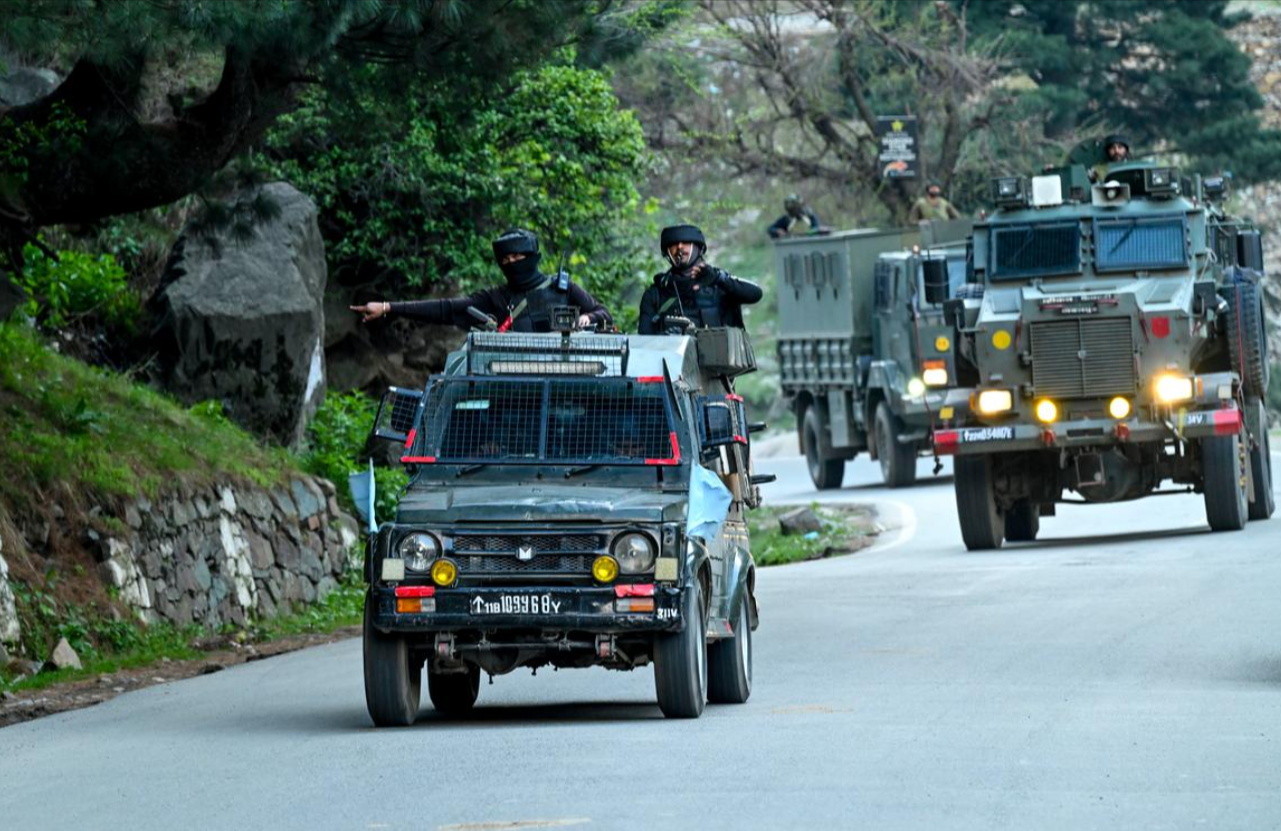 Pahalgam Terror Attack: What happened and way ahead
Pahalgam Terror Attack: What happened and way ahead Extension of Mission Anveshan: Boosting India’s Energy Security
Extension of Mission Anveshan: Boosting India’s Energy Security India’s Aviation Revolution: From Regional Runways to Global Routes
India’s Aviation Revolution: From Regional Runways to Global Routes Introduction of Hindi as a Third Language in Maharashtra – NEP 2020 Alignment
Introduction of Hindi as a Third Language in Maharashtra – NEP 2020 Alignment






